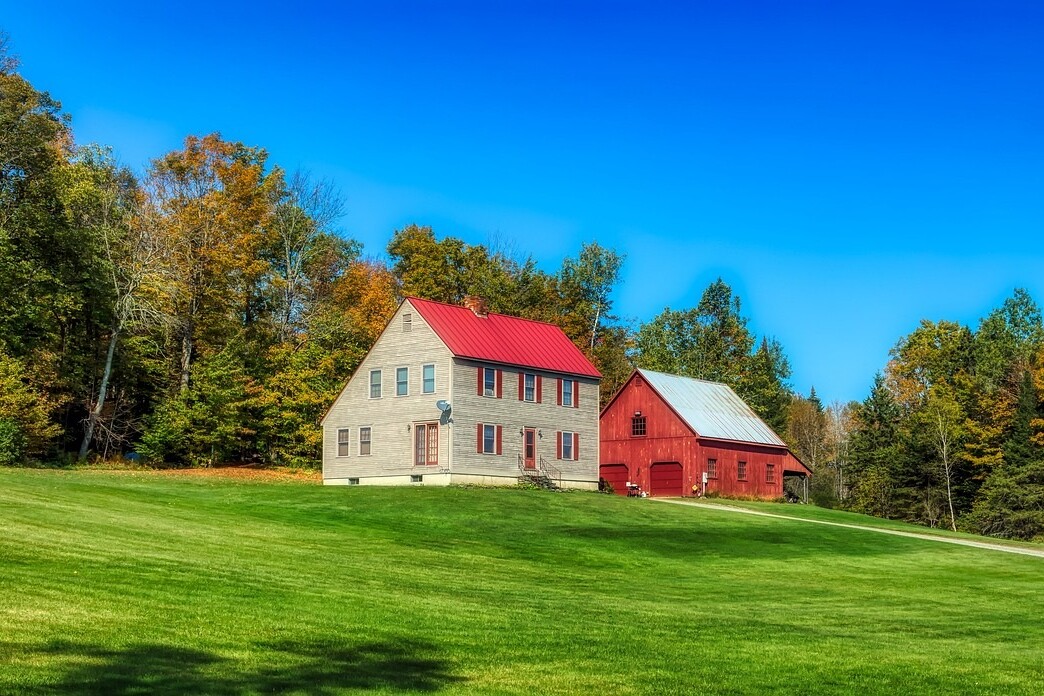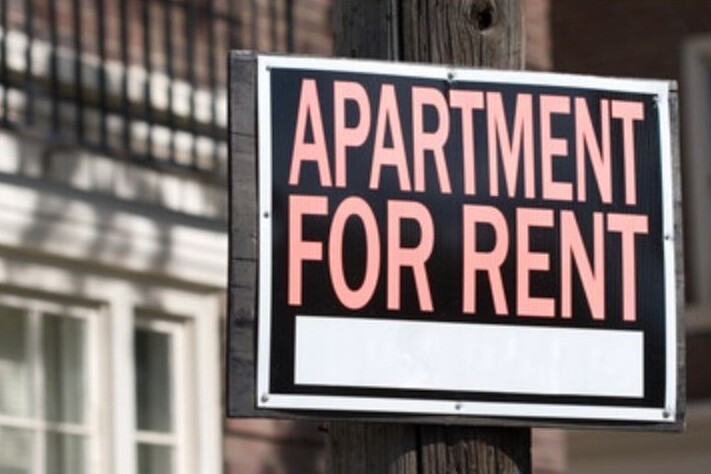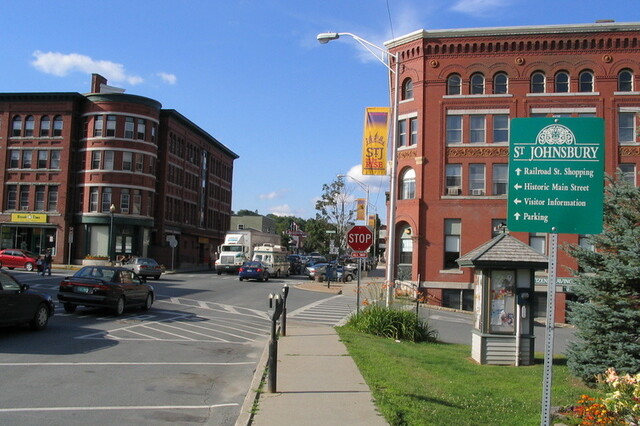Housing Needs Assessment
In 2022, RuralEdge contracted with Douglas Kennedy Advisors to evaluate the current economic trends, housing stock physical and financial characteristics, market trends, and demographics in the Northeast Kingdom. This report is meant to assist our communities, as well as RuralEdge, to determine how to best address and improve the housing crisis in our area. Click the link below for the full report or keep reading for the executive summary of the report:

Regional Economy
The COVID pandemic had a significant impact on the study region’s economy in 2020 and
2021. Study region employers are having trouble finding qualified workers for all positions. It
is apparent that many of the workers who lost jobs during the pandemic have decided to
retire or to find other pursuits. Of more long-range significance, the study region’s
population is aging, with many workers reaching the point of retirement.

Housing Stock
Overall, the region’s housing increased at a faster pace than Vermont’s housing stock. It is also apparent that housing development in Orleans County accounted for most of this increase.
• Rental units account for a relatively small segment of occupied units in the study region. This reflects the region’s generally rural nature and the prevalence of single family owner units in rural settings.
• Seasonal housing is a significant factor in Vermont, where 16.5 percent of total housing stock is used on a seasonal or occasional basis. The impact of vacation housing is even more pronounced in the study region, where 23.9 percent of total housing stock is used seasonally.
• Only 34 percent of the region’s rental units are in small (Studio/One Bedroom) configurations.
• After reaching a low point in 2017, regional residential permits increased significantly through 2021, when 300+ permits were granted. Orleans County accounted for the great majority of new housing activity in recent years; 70 percent of all permits granted between 2015 and 2021 were located in Orleans County.
• St. Johnsbury/Lyndon combined account for 42 percent of the region’s subsidized-affordable housing stock. RuralEdge is the region’s primary supplier and manager of housing targeted to very low to moderate income households

Financial & Market Characteristics
• Median values for the region’s owned housing stock fall well below Vermont norms. Overall, the regional median value ($170,339) is 29 percent below the statewide median ($240,600). Study region owners pay an average of 26 percent of their household income toward mortgage costs.
• Regional rents are 25 percent lower than Vermont levels. The average study region renter pays 34 percent of their household income toward rental costs. 35 percent of the region’s renters pay more than 40 percent of household income toward rental costs.
• Rental vacancy rates have trended downward since 2009 at the regional and national levels. Given low rental vacancies, it is not surprising that the number of publicly listed rentals is extremely low.
• As of early 2023, there were 2,142 households on the waitlists for subsidized/affordable rental units in the region, a factor more than 3.5 households per unit. If these units were to average a 10 percent turnover rate the theoretical waiting period for the last household on the waitlist would be approximately 35 years! Clearly, demand far outstrips availability.
• An upswing in the regional for-sale market started in 2017, and was followed by strong market increases in 2020 and 2021. It appears that market totals for 2022 declined from the 2021 peak, both because of limited availability (number of listings) and increases in mortgage rates.

Demographics
The region’s total population changed minimally between 2000 and 2021. While both Caledonia and Orleans Counties experienced growth during those two decades, Essex County’s population decreased.
• Aging populations are a reality throughout Vermont and the aging trend is particularly evident in the region. In 2010, persons aged 65 or more years accounted for 18 percent of the region’s population; this increased to 25 percent of the population by 2021.
• 69 percent of the region’s households include only one or two persons. However, only 37 percent of the region’s housing units are in small (studio, 1BR, 2BR) configurations. The region’s housing stock does not fit the realities of the household population.
• The median household income in the region is $55,671, compared to a statewide median of $67,674. 34 percent of the renters in the region have incomes less than $20,000, while 11.8 percent of the region’s population has poverty status.
• Surveyed regional homeless persons held relatively steady between 2016 and 2020. However, 2021 and 2022 counts reflected major increases for both the region and Vermont

Housing Issues
Housing professionals interviewed in the course of study work agreed that the regional housing shortage is not limited to one or two market components. Rather, there is a need for housing in every market segment, ranging from deeply subsidized rentals to the for-sale market for moderate income households. Moreover, the current shortage affects households in all age groups. While emphasizing the breadth of the issue, virtually all contacts noted the ‘missing middle.’ Contacts also noted that:
• The most acute demand in the rental market appears to be among younger households – aged 20 to 30 years;
• Vermont and regional demographics are resulting in major imbalances, both in the housing market and throughout the economy. In particular, rapid growth among households in upper age brackets far outweighs the rate of growth among younger households.

Housing Supply & Demand
An analysis of the regional rental market for households with incomes up to 120 percent of the median indicated that the regional housing need over the next five years is 4,000+/- units. This is not an immediate need, as only 750+/- of the households in the targeted segment will be seeking new housing on an annual basis.
Senior households will increase in numbers at all income levels. Growth in the number of senior households will be the dominant demographic trend in the study region.
• The analysis points to acute need for housing targeted to very low and low income housing, with a particular emphasis on young persons.
• Notably, the analysis also points to a need for true market rate rentals, as these units are in short supply.
How YOU can Make a Difference
We know that a crisis as significant as housing cannot be solved by one organization. It truly takes a village, and we value the many partnerships we have established, both with organizations and community members, that make our work possible. Can you envision Northeast Kingdom communities where every individual can live in stable, affordable housing with access to the services they need to live a healthy and prosperous life? Can you help us strengthen Northeast Kingdom Communities, one home at a time? Your contribution of time, talent, or treasure will go a long way to continuing this life-changing work in Northeast Kingdom communities!